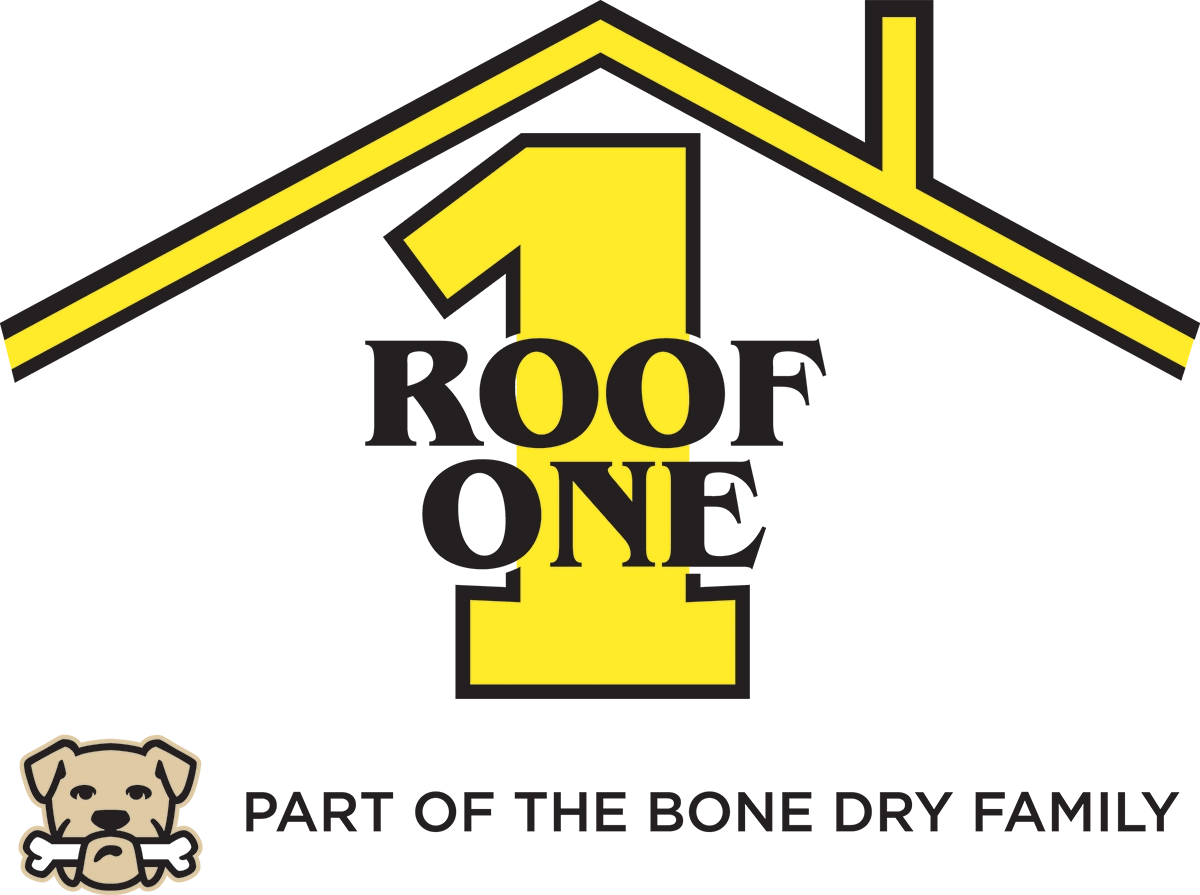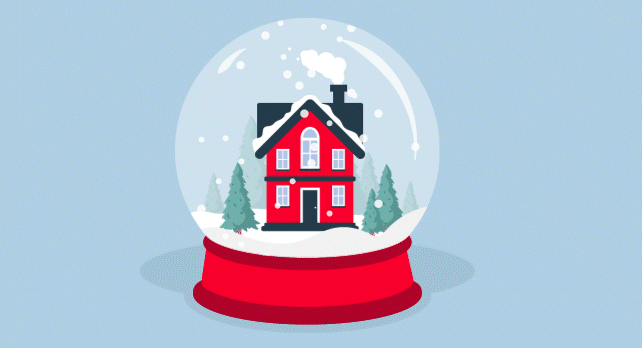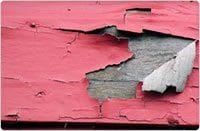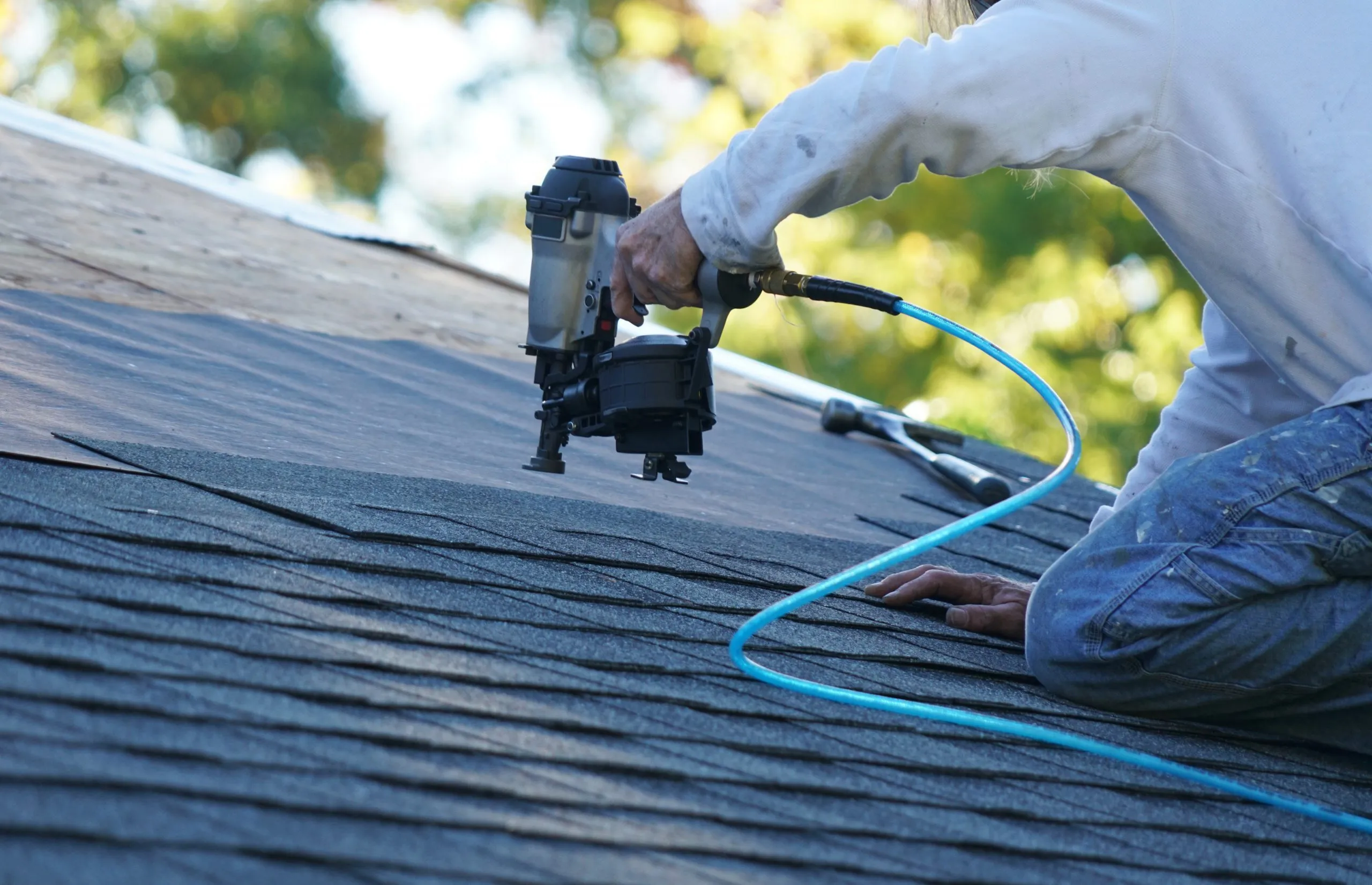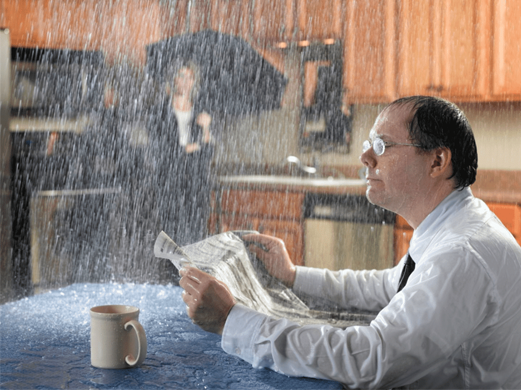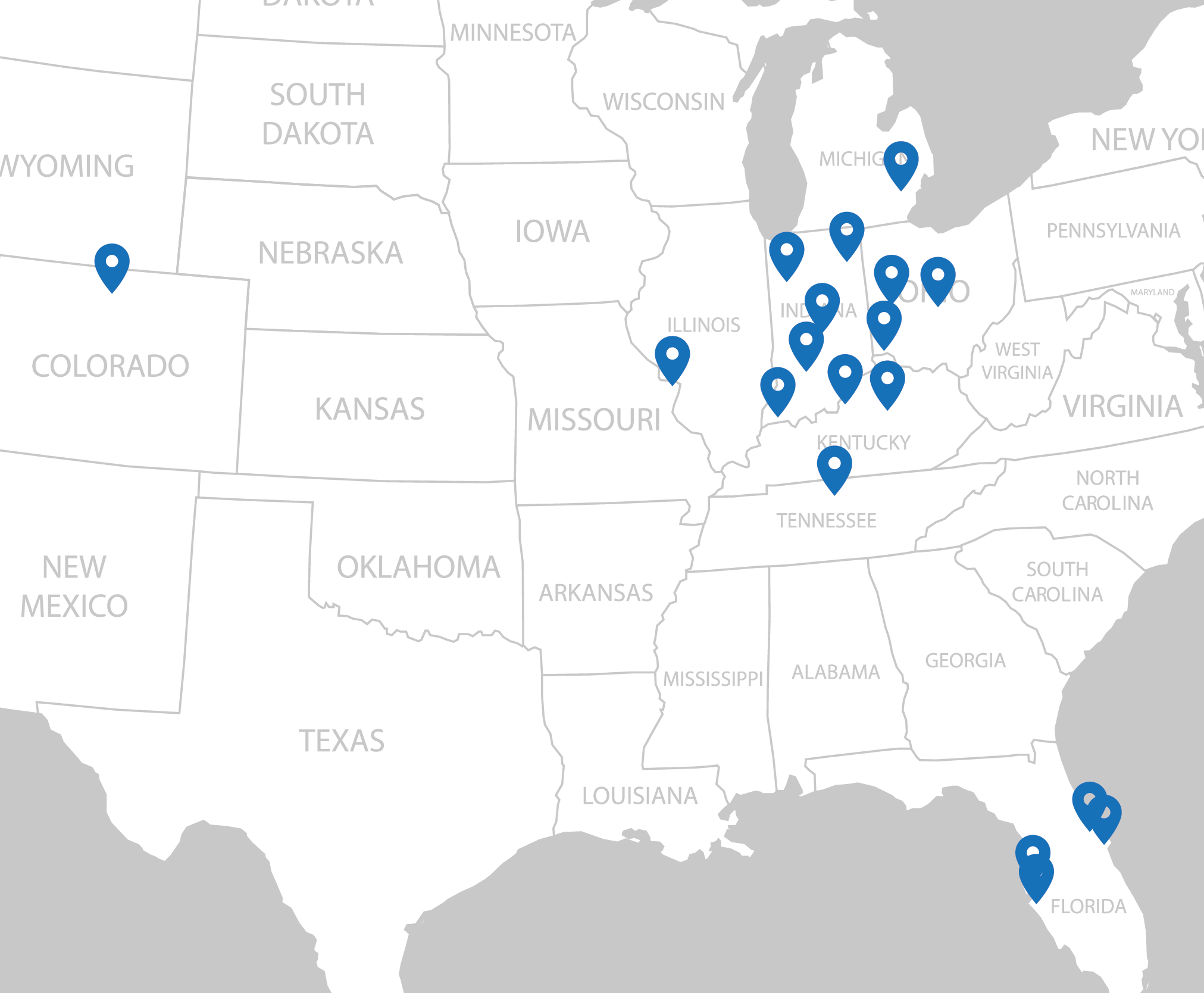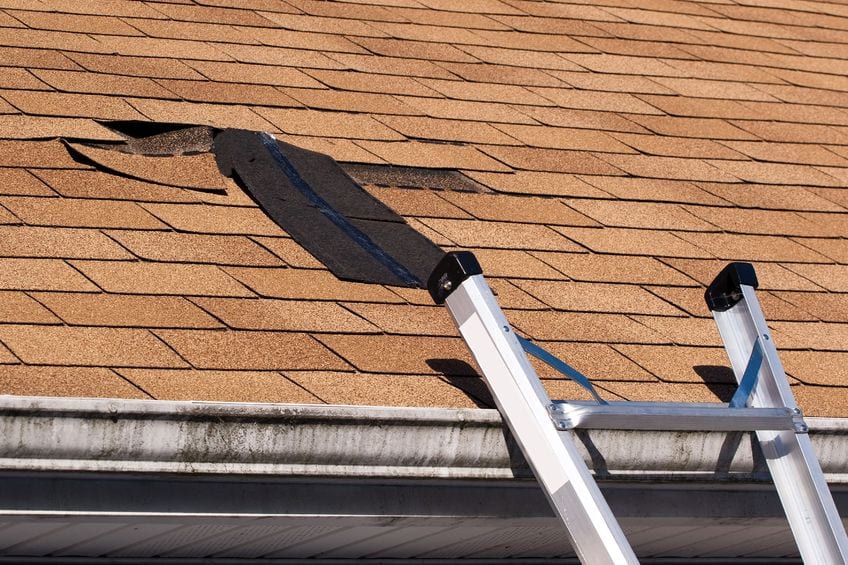
However, this is not a problem to ignore, if you want to prevent structural damage, so here are the best things to do to identify the leak and be able to make the necessary repairs in the right time.
Carefully inspect your roof after each storm or heavy rain. Look for damaged roofing materials, as well as for signs of water infiltrations in the attic. Do not ignore what seems to be only cosmetic exterior damage, as even the smallest dent or scratch is a vulnerable area, when it comes to the roof.
Also look for signs of mold formation, because in most of the cases it indicates that you have a roof leak. Mold is difficult to get rid of, until you fix its source (moisture resulting from the roof leak), therefore as long as you have it, you know that there is something wrong.
A roof leak (especially a hard-to-find one) can also be detected by using a moisture meter, or by looking for bubbling or peeling paint along the walls. Many of the roofing companies, as does https://www.roofonemichigan.com/west-bloomfield-roofing-experts-roof-one-llc.html, have tools to help in detecting roof leaks.
